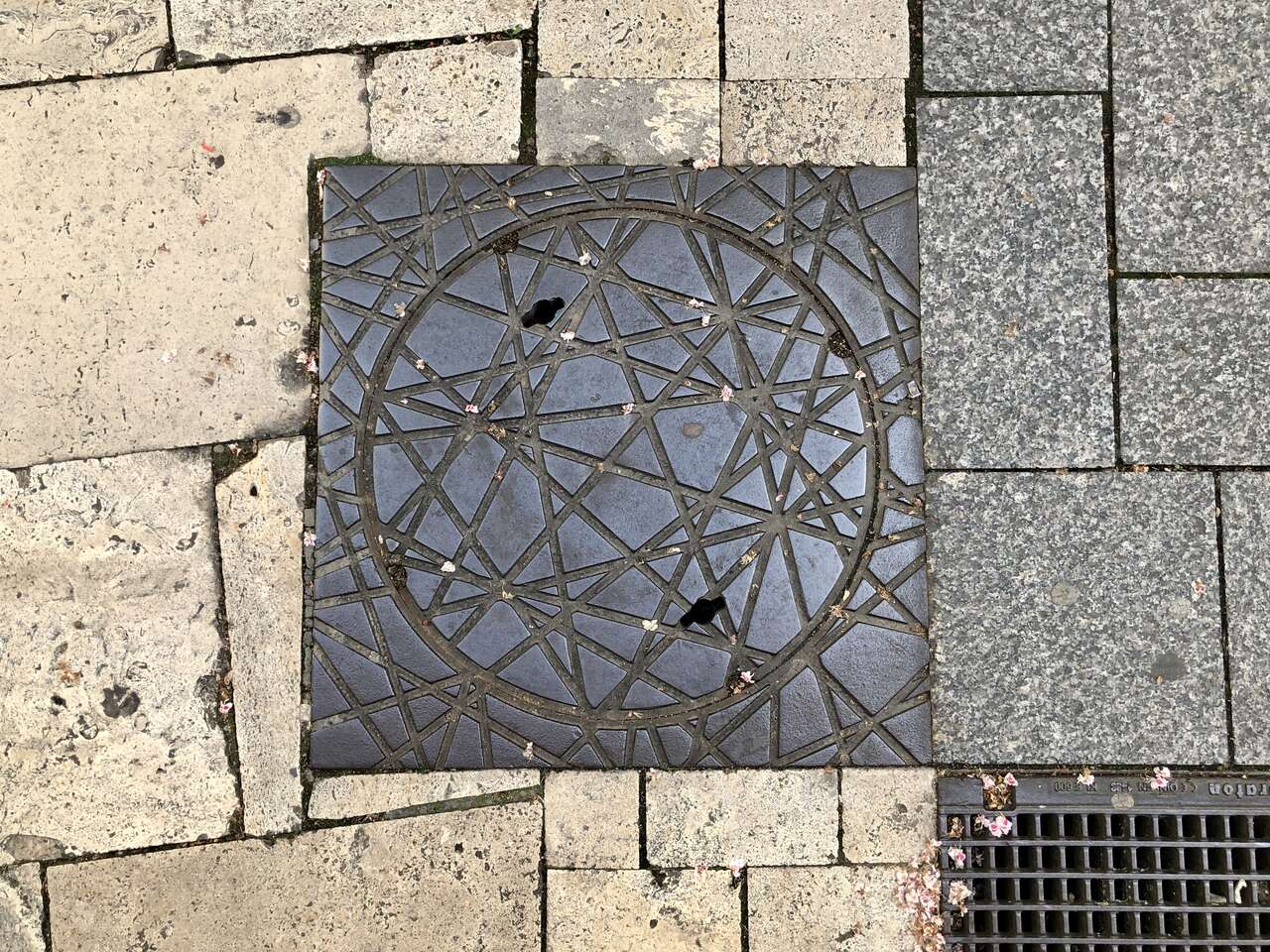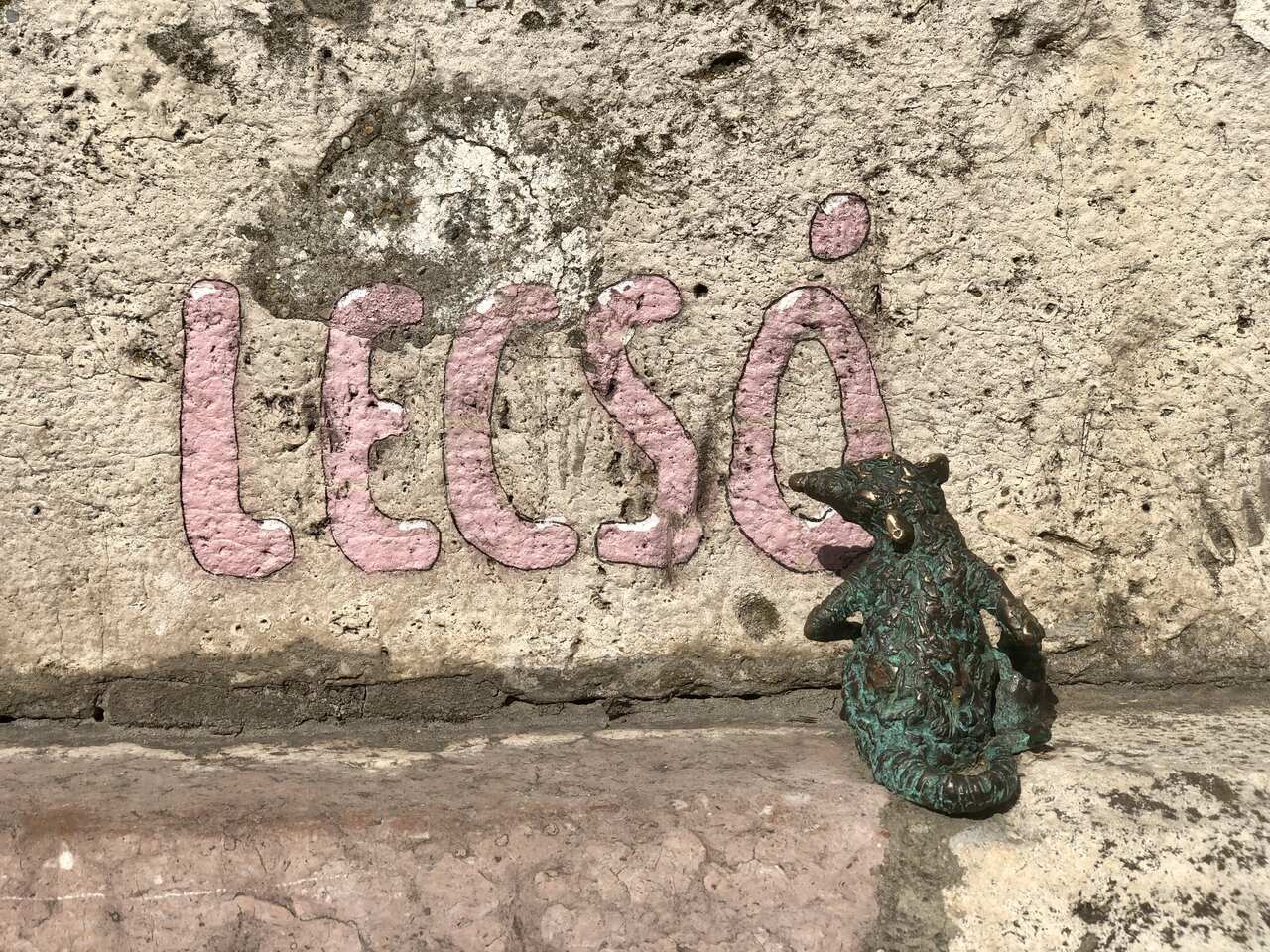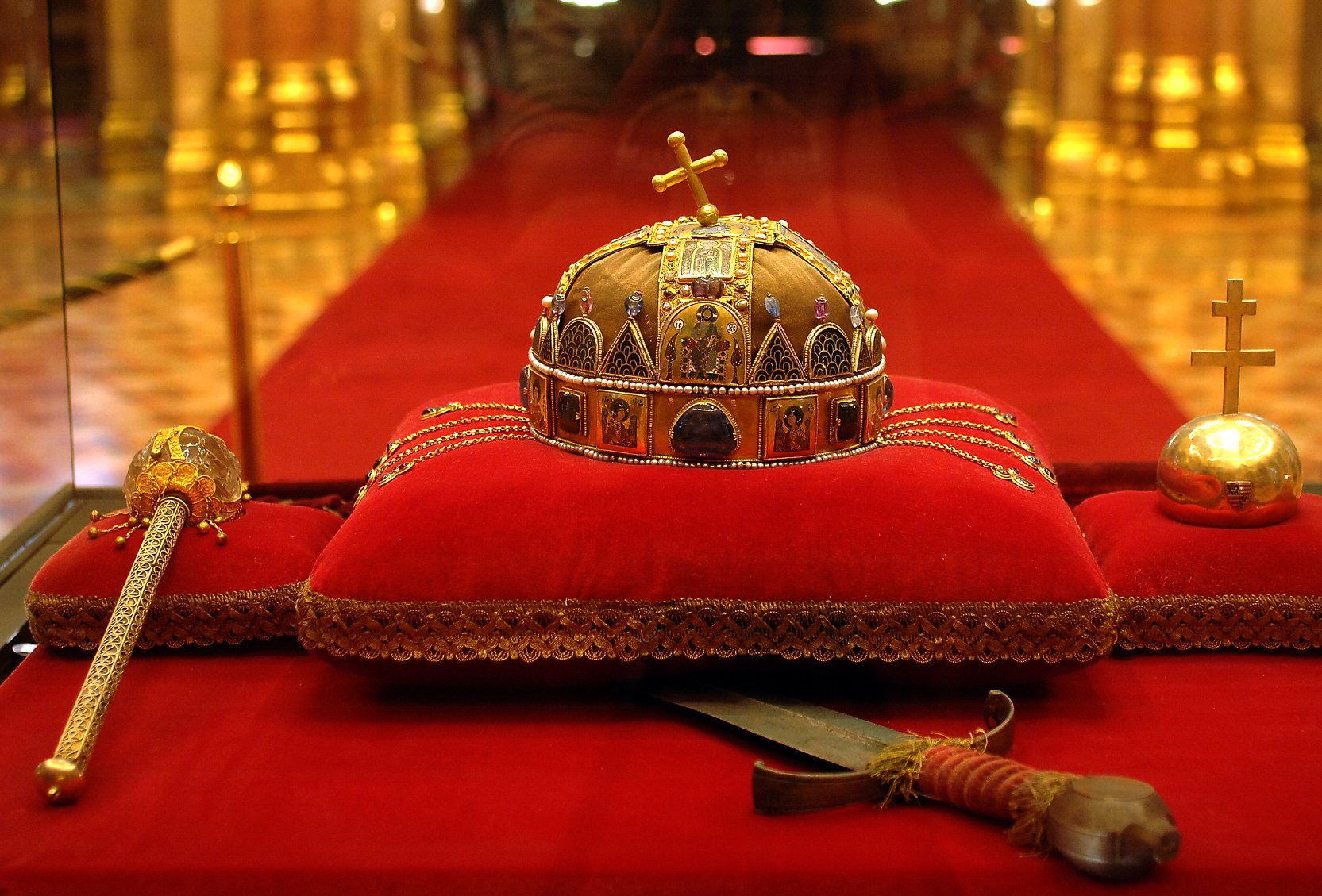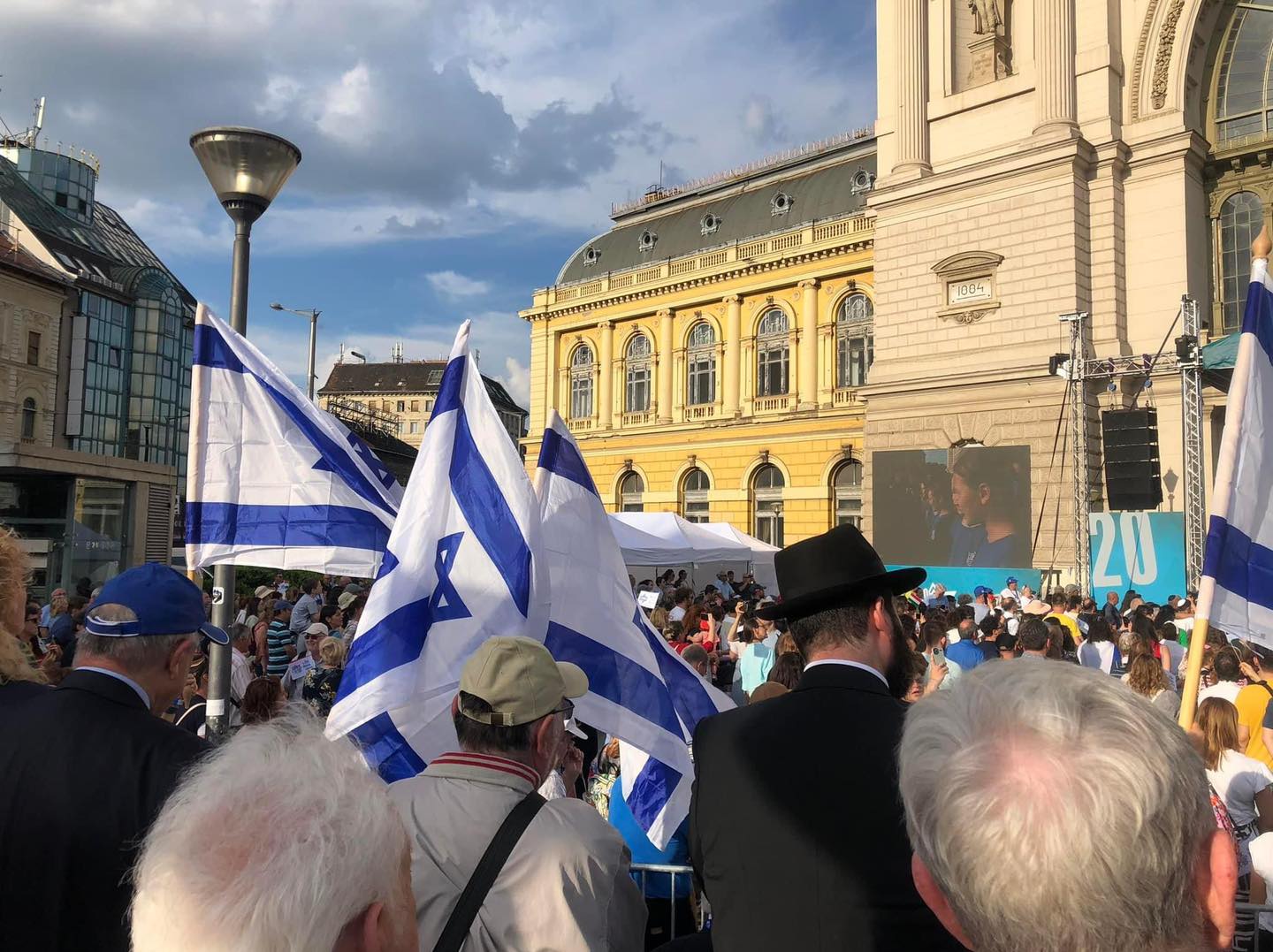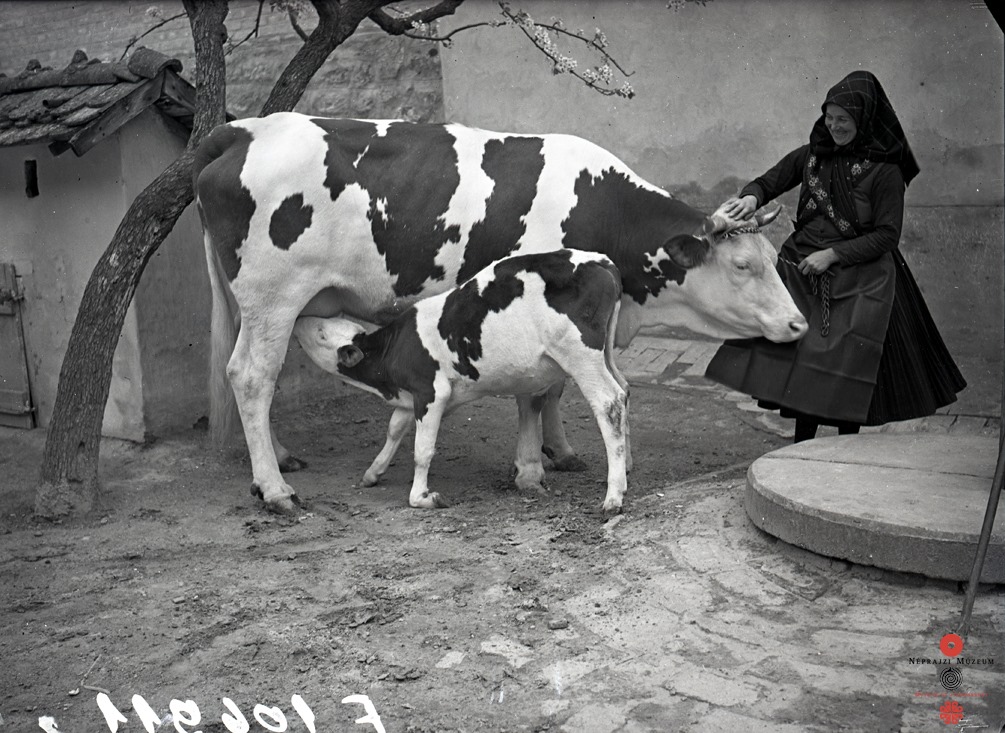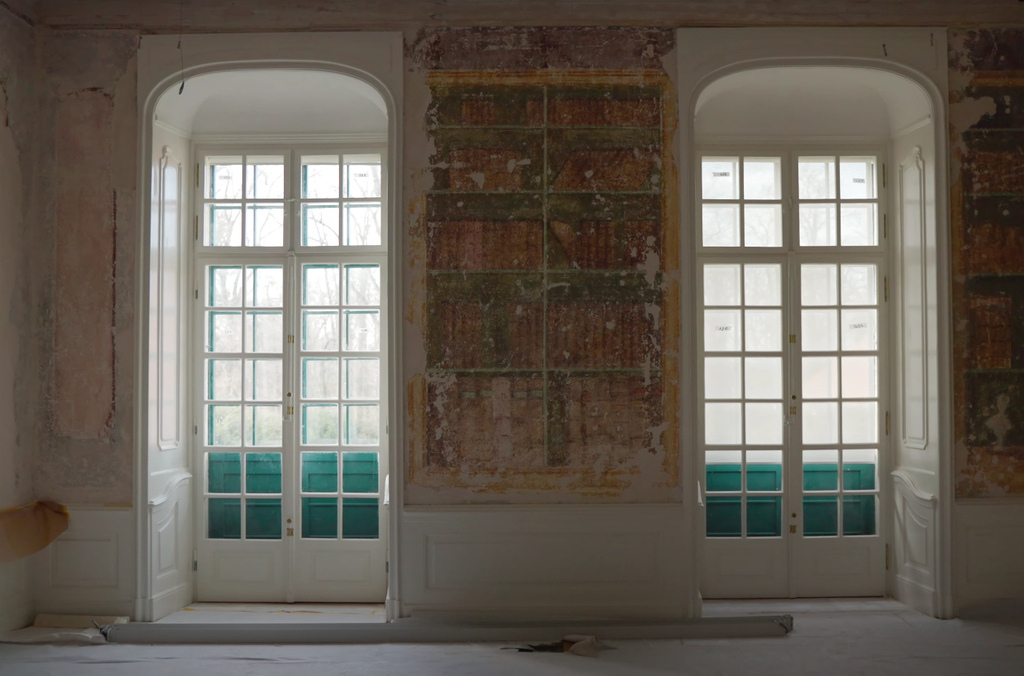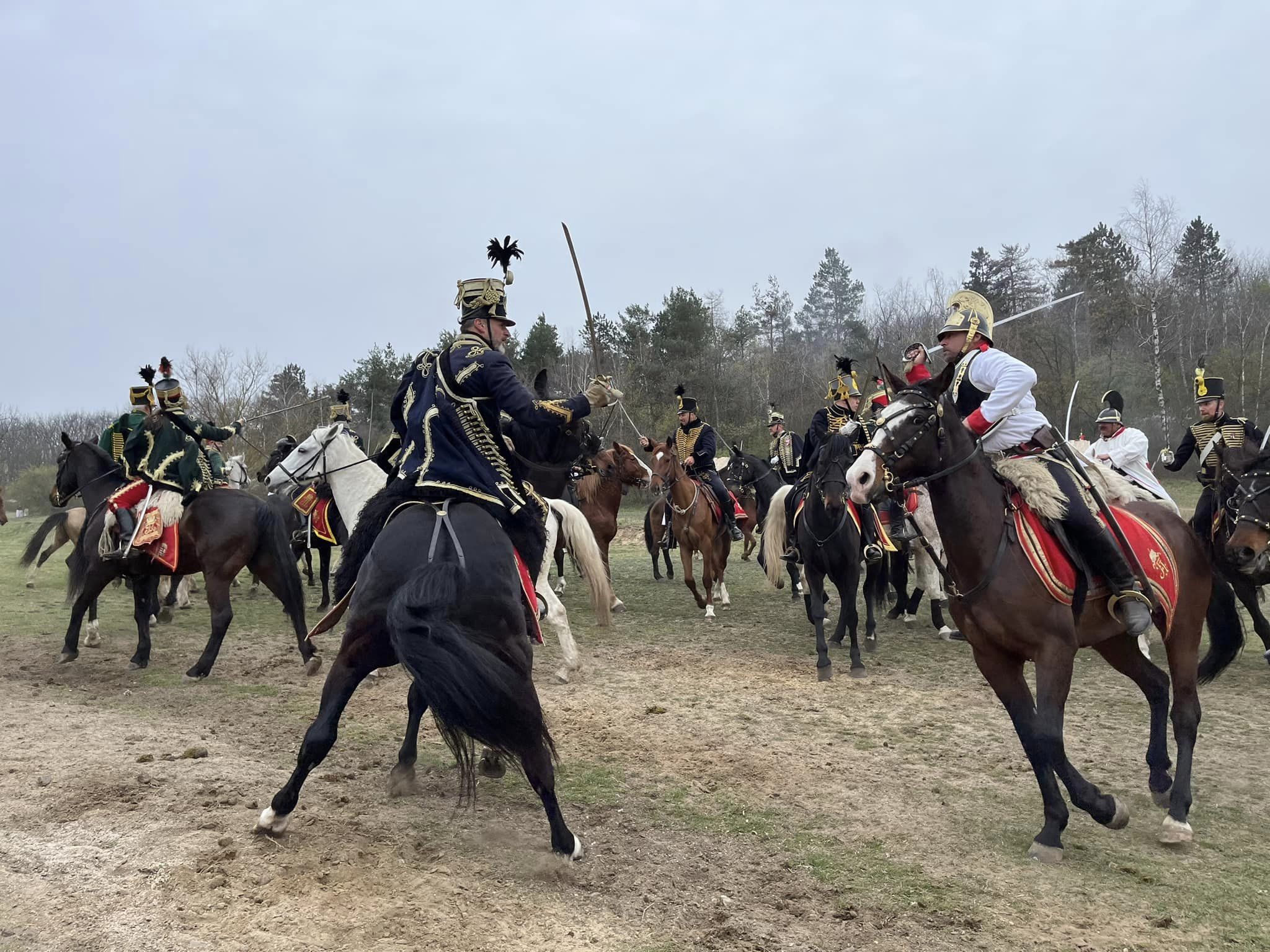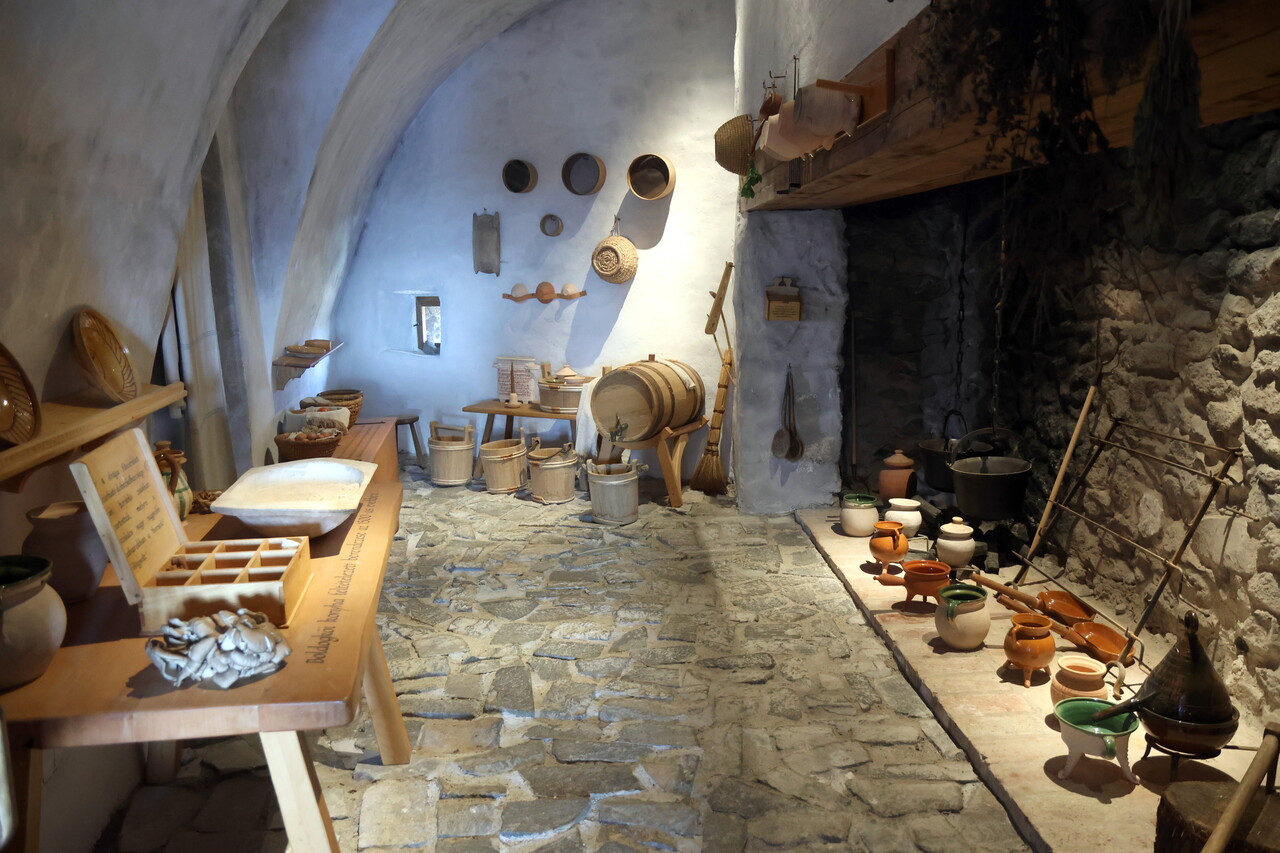Exactly 20 years ago, on 1 May 2004, the European Union underwent the biggest enlargement in its history: among 9 others, Hungary became a member state of the EU.
On 1 May 2004, the number of European Union member states increased from 15 to 25, with the admission of Cyprus, the Czech Republic, Estonia, Hungary, Latvia, Lithuania, Malta, Poland, Slovakia and Slovenia.
Euronews assesses the enlargement as follows: the economy and society of the EU have benefited from the enlargement, but there are policy gaps that arose in recent years. Overall, the EU saw a 20% increase in population and almost the same in its territory. Total GDP increased, but only by circa 9%, while GDP per capita fell.
In political terms, the launch of the Article 7 procedure against Hungary and Poland, which can be used in the event of systemic breaches of fundamental values, and the invocation of the rule of law mechanism against Hungary to curb financial abuses, were both politically disruptive.
Taking stock of the EU accession in Hungary
Átlátszó.hu looked at the last 20 years through Hungarian eyes, writing that the country has gained several benefits, perhaps the most important of which is the significant economic support Hungary has received, as well as the freedom to travel and work along with the free flow of capital in the region.
The abolition of price-increasing tariffs has made shopping cheaper and safer, and exports of Hungarian products have increased, and the Schengen Agreement ensures free travel within the EU.
Without EU membership, Hungary’s GDP would be 20% lower. Between 2004 and 2022, Hungary received more than EUR 83 billion in funds, four times larger than what it paid into the joint budget: it is clear that Hungary is a net economic beneficiary of the European Union.
However, the European Anti-Fraud Office (OLAF) has launched multiple investigations into suspected fraud in Hungary, due to the misuse of EU funds. In 2022, the country had the highest number of suspected fraud cases in the whole of the Union, according to the office.
One thing is yet to come to Hungary: the euro
Although a frequent topic of debate, Hungary has yet to adopt the euro. While according to the governor of the Hungarian National Bank, György Matolcsy, joining the eurozone can be feasible before 2030, Átlátszó.hu is more pessimistic. It asserts that the country is not yet ready to adopt the joint currency any time soon,
“because Hungary cannot meet the necessary requirements: inflation is too steep and the Hungarian budget deficit is too high.”
Out of the others that joined the EU at the same time as Hungary, Slovenia, Cyprus, Malta, Slovakia, Estonia, Latvia and Lithuania, now all pay with the euro.
20 years ago, accession to the European Union was welcomed with great joy
Szabad Európa looked at newspapers of the time, finding that people were excited about joining the European Union: the papers had been full of EU news and interviews for weeks before 1 May, with only a few articles discussing the potential downsides of the membership.
Interestingly, even at the time, there were snippets of fake news circulating about the European Union, which newspapers tried to refute in special columns. For instance, some people spread rumours that EU regulations would require pigs to be given toys to keep them from getting bored or that cucumbers with a curve could not be sold in stores because they did not meet EU standards.
Both in and outside Budapest, there were concerts and parades, in many cases combined with the May Day celebrations. In some towns, there was even a countdown to midnight, when fireworks went off to signal the new era in Hungarian history.
In one restaurant in Gyula, the accession was celebrated with the preparation of “ten of the most unhealthy but delicious Hungarian dishes”, including sugary bread, egg and marrow, pork and marrow, and roast pork and potatoes fried in sausage-fat.
In the Budapest City Park, a “Europe-cocktail” was prepared in a 1.5 metre, 350-litre mixing glass, from the famous drinks of 16 member countries – including 3 types of vodkas, 3 liqueurs, brandy, gin and vermouth – serving 2,000 thirsty visitors.
On the Chain Bridge, breakfast was served to children born on 1 May, to whom representatives from four parliamentary parties sang “Happy Birthday!” together.
“It was a time when the whole country rejoiced together; there has not been anything like that ever since,”
Szabad Európa writes. Indeed, before accession, 84% of the population supported EU membership.
Changing Hungarian rhetoric on the European Union
Viktor Orbán had already voiced criticisms of the EU prior to accession. In 2003, Magyar Narancs quoted him saying:
“Hungary is an independent state, and it would be good if […] the European Union would also recognise this […] Brussels is not Moscow, and the European Union, in our view, is not the Comecon […] We are not willing to enter the European Union with a Muscovite spirit, and we would like to be welcomed there with a non-Moscovite spirit.”
Nevertheless, Fidesz politicians all supported Hungary becoming part of the Union.
On the day of accession, the government and Fidesz, in opposition at the time, celebrated with their own events. Today, the relationship with the EU shows a different picture: the government has been increasingly vocal in its criticism of “Brussels” for years. This year, they did not organise any central celebrations to mark the accession.
Although Viktor Orbán has repeatedly stressed that he does not want Hungary to leave the EU, Átlátszó.hu highlights the consequence of his messages: according to a survey from 2023, 44% of adults believe that the policies advocated by Orbán could lead to a “Huxit”.
Illustrating the government’s rhetoric on the EU, in his speech on 15 March this year, Orbán memorably declared: “We must occupy Brussels!”
Read also:













